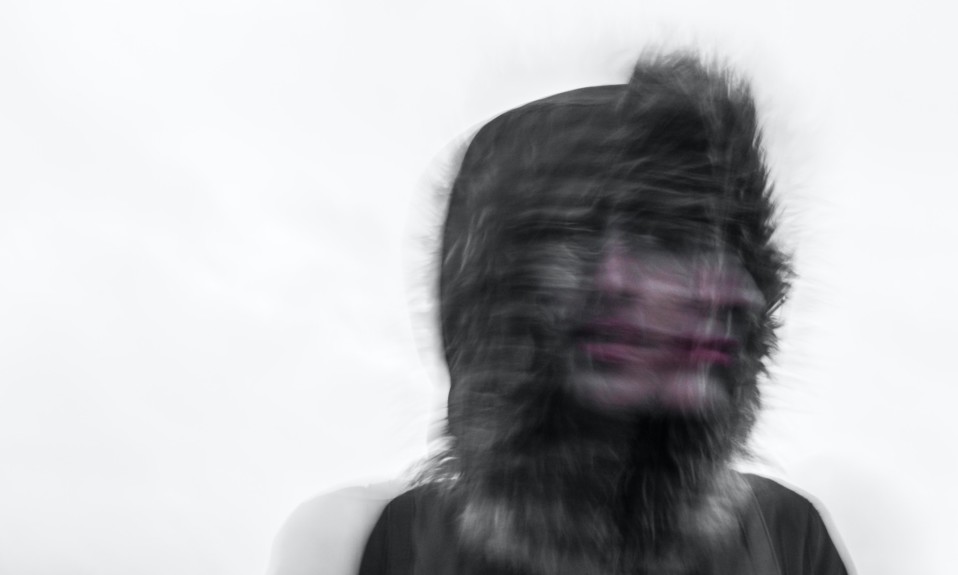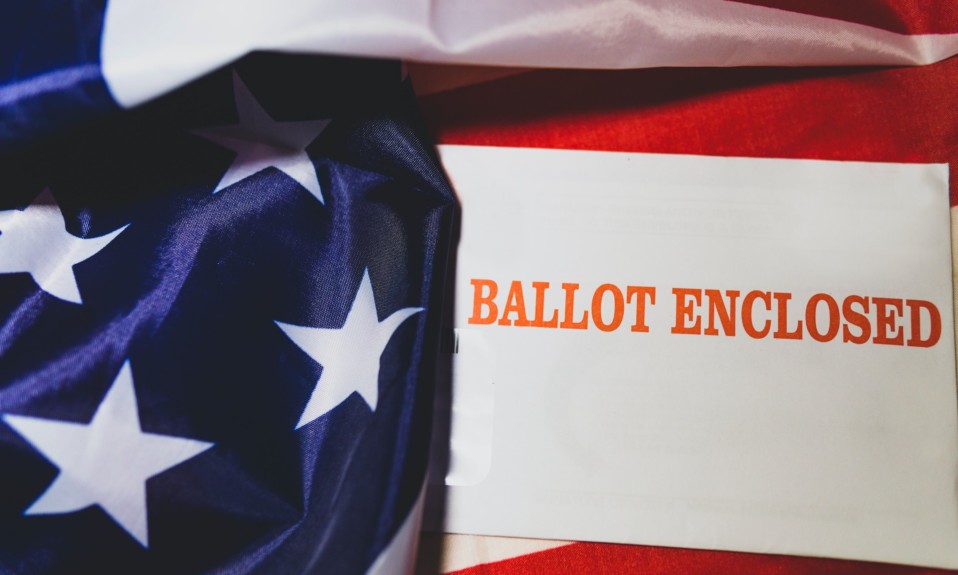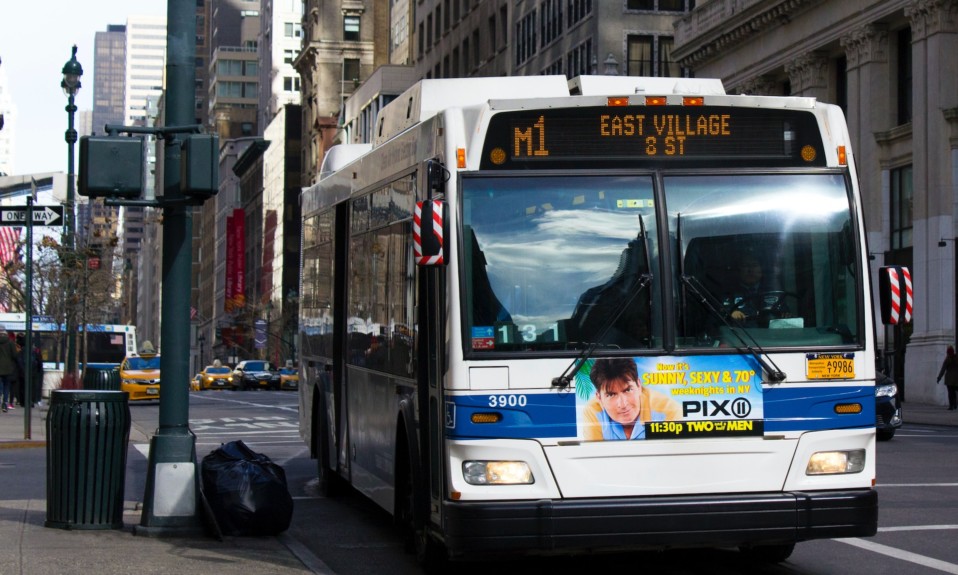Plus: Where to invest cannabis taxes, and the strange musical movement that recreates the psychedelic experience
By Mark Mravic
A few weeks back at TreatmentMagazine.com, we noted a recent study indicating that teen substance use isn’t necessarily a predictor of later well-being. That conclusion came with a strong caveat—as long as the disorder ends by early adulthood. Now new NIDA-funded research from the University of Michigan reinforces that warning.
Also this week, a proposal to direct revenues from recreational marijuana toward state mental health services, and a weird new trend in music meant to mirror the psychedelic experience.
From the JAMA Network:
Severe Addiction at 18 and Adult SUD
Overcoming a substance use disorder (SUD) is often a lifelong challenge, especially in severe cases that begin at an early age. That’s the takeaway from a recent study out of the University of Michigan. In a longitudinal analysis of more than 5,000 people over the course of 32 years, researchers found that those who had severe SUD at age 18 were likely to carry SUD symptoms with them through adulthood.
The Michigan study set out to look at associations between teen SUD and later prescription drug use, misuse and SUD in adulthood. Eleven cohorts from the Monitoring the Future survey—those who were 18 years old from 1976 to 1986—were followed through age 50. The data showed that 12% of those surveyed had severe SUD symptoms at age 18, including for alcohol, cannabis and other drugs, and that group was much more likely as adults to report prescription drug misuse and other SUD symptoms. Perhaps surprisingly, most adults in the study who were taking prescription opioids, benzodiazepines or other sedatives or tranquilizers had at least two SUD symptoms in their youth.
“We must rethink how we screen and prescribe to individuals who have multiple substance use disorder symptoms in their past, because they might need additional help to take their medication safely.”
—Sean Esteban McCabe, University of Michigan
The findings are troubling on a number of fronts. First, the data suggest that substance misuse, once engrained in late adolescence, presents real long-term challenges—or, as the study says, “the presence of severe SUD symptoms during adolescence does not represent a temporary phase that most people age out of as they transition into adulthood.” There is also an intriguing correlation between the survey group and the opioid crisis—the cohorts that were studied reached prime adulthood in parallel with the steep increase in opioid prescribing in the ’90s and 2000s.
Overall, the authors note significant implications for prescribing controlled substances—particularly that clinicians should be well aware of a patient’s history when considering potentially addictive meds. Said lead author Sean Esteban McCabe, PhD, in a release, “We must rethink how we screen and prescribe to individuals who have multiple substance use disorder symptoms in their past, because they might need additional help to take their medication safely.”
From the JAMA Health Forum:
Directing Cannabis Taxes Toward Mental Health
The sale of legal recreational marijuana will generate a windfall for states in the coming years—particularly in excise taxes, which in most cases are paid on top of general sales tax. Where should that money go? A recent Viewpoint piece published on the JAMA Health Forum advocates for directing a quarter of all marijuana taxes directly to mental health services.
Most states with legalized recreational weed acknowledge the potential consequences by earmarking some excise taxes toward addiction services. But little to none of that money is geared specifically to mental health issues—which underpin much substance use. The authors propose a model that would set aside 25% of excise tax revenue specifically for investment in mental health, providing a major boost to state agencies. In Washington, for instance, it would mean an additional $117.3 million for the state’s mental health agency, an 11% increase over 2020. The authors detail how their proposal would benefit services that typically don’t enjoy sustainable financing models—Washington state’s 11% bump would cover 14,000 more visits to mobile psychiatric crisis units, nearly 18,000 more instances of care for acute psychiatric episodes and almost 500,000 additional encounters on the National Suicide Prevention Lifeline (which is expected to see a significant increase in traffic when it transitions from a 10-digit number to a nationwide 988 service in July). Boosts in other states would be similarly substantial.
“Recreational cannabis laws are a complex mental health policy issue that requires thoughtful consideration of risks and benefits,” the authors note. “Earmarking recreational cannabis excise tax revenue for mental health services is a pragmatic financing strategy to help reduce risks and maximize benefits.”
From Drug and Alcohol Review:
Binaural Beats: The New Psychedelia?
Music has been known for its mood-altering properties since before Apollo picked up his lyre. These days a whole industry is devoted to sounds meant to aid meditation, sleep, memory and mental focus—just search for “Chill” playlists on Spotify. But a recent entry into the mood-music field is a little further out there. According to a new Australian study, some people listening to a genre called “binaural beats” are doing so specifically to replicate the experience of psychedelics and other mind-altering substances.
“Maybe a drug doesn’t have to be a substance you consume—it could be to do with how an activity affects your brain.”
—Monica Barratt, RMIT University
Binaural beats are a form of music containing tones that are played into each ear at slightly different frequencies. As the brain tries to reconcile the disparity, the listener perceives a single tone at the frequency of the difference between the two. For instance, if a 400-hertz tone is played into the left ear and 440 into the right, the brain will resolve the two into a single note at 40 hertz. Users say they feel this very low note “inside” of their heads, and for some it initiates a psychoactive response.
The study looked at data from the 2021 Global Drug Survey across 22 countries. Of the 30,000 respondents, 5% said they had dabbled in binaural beats (sometimes, not coincidentally, called “digital drugs”). Most used the music to relax, fall asleep or change their mood, but around 12% of users said they were doing so “to get a similar effect to that of other drugs.” Some further wanted to connect with “myself” or “something bigger than myself,” as well as facilitate out-of-body experiences, lucid dreaming and astral projection.
“Much like ingestible substances, some binaural beats users were chasing a high,” said Monica Barratt, PhD, of RMIT University in Melbourne, adding, “Maybe a drug doesn’t have to be a substance you consume—it could be to do with how an activity affects your brain.” Barratt called for more research into potential therapy applications, as well as side effects and possible harms. For starters, don’t play too loud.
Photo: Ehimetalor Akhere














